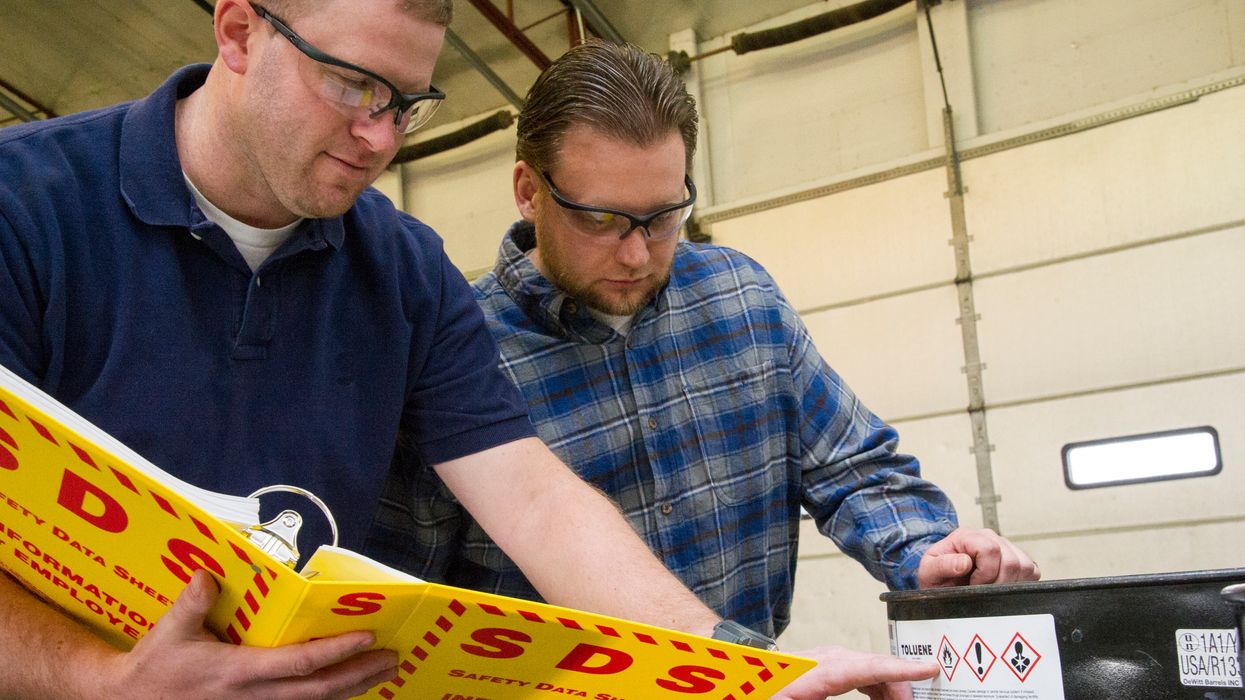Do electric terminal trucks make sense for your operation?
Are upcoming emission regulations, incentives, or customer demands motivating your fleet to consider battery-electric vehicles?
Before purchasing a battery-electric yard truck, a carrier should examine:
- Net cost,
- Infrastructure requirements, and
- Maintenance.
A 2022 Department of Energy (DOE) study indicated that battery-electric (BEV) powered trucks will be cheaper to buy and operate than diesel trucks by 2035. With more than 100 models of medium and heavy-duty electric trucks currently being offered, carriers have many questions about where to start.
Electric terminal trucks, also known as yard tractors, will allow carriers to jump into the electric vehicle (EV) space at a slower pace.
Initial Cost and savings
The initial investment to purchase an electric yard truck can cost up to $100,000 more than its diesel counterpart, but EVs have lower operating costs and produce zero emissions. Diesel is much more expensive than electricity, and carriers with a multi-shift operation can expect diesel savings of up to $25,000 per year, according to manufacturers of heavy-duty electric vehicles.
Competition for government grants and incentives is increasing, and the current wait time may exceed 12 months before approval. The Bipartisan Infrastructure Law (BIL) was signed into legislation in November of 2021 and contained significant new funding for electric vehicles and EV charging stations . In addition, funding programs are available at the federal, state, and local utility levels through rebates and tax credits.
Each state must develop its plan for distributing competitive grant programs, and interested carriers should contact their local utility company to inquire about the process. Current EV manufacturers were instrumental in pushing for grant programs, and they are a great source of information for carriers looking to transition to EVs.
Infrastructure requirements
When researching EV challenges, the “800-pound gorilla” in the room is always centered around infrastructure and charging stations. Carriers that adopt electric yard trucks may only have to install a couple of charging stations to satisfy the power requirements, and this eases some of the concerns. Very few carriers, if any, are prepared to fully transition to EVs, so it makes sense to start with a handful of vehicles to understand better the challenges associated with EVs.
According to the Federal Highway Administration, President Biden has committed to building a national network of 500,000 charging stations by 2030. Utility companies are rapidly installing charging stations across the network, so interested carriers should consider building for the future now, even if local utility companies are struggling to keep up.
| To view more about the Clean Air Act and emissions standards, see the EzExplanation. |
Maintenance
Drivers of electric yard trucks and maintenance technicians require specialized training, but the learning curve is relatively easy compared to other commercial motor vehicles. The most expensive maintenance repairs on a diesel are for the engine and transmission, something that does not exist on most EVs. Preventative maintenance time is also reduced because oil changes, fuel injectors, etc., are not involved.
Notable features and benefits of an electric yard truck include the following:
- Zero tailpipe emissions
- Regenerative braking with a 50% shorter stopping distance
- Operates up to 24 hours on a single charge and is in proximity to a charging station
- Reduced noise pollution and engine heat
Driving an electric yard truck can increase employee health by reducing noise pollution and emissions for onsite personnel and the surrounding community.
Key to remember: Electric yard trucks may be a good opportunity for a carrier to get involved with BEV’s, so begin researching now to be better prepared for tomorrow.



















































